Bathroom plumbing is an essential aspect of any household, ensuring the smooth functioning of water supply, drainage, and sanitation systems. While it may not be the most glamorous topic, understanding and implementing proper bathroom plumbing house construction practices can save you from potential headaches and costly repairs down the line.
Make My House suggests you key tips and best practices to help you master the bathroom plumbing house construction practices. We guide and help you to anticipate your future needs along with designing the most comfortable space for the long run.
Note: It’s important to consult local building codes and regulations before starting any plumbing work to ensure compliance and safety.
Comprehensive Guide on Bathroom Plumbing Practices
Plan and Design
Begin by planning the layout and design of your bathroom plumbing system. Consider the placement of fixtures, such as the sink, toilet, shower, and bathtub. Measure the available space and determine the most practical and ergonomic arrangement. Plan for efficient water supply routes, drain connections, and venting requirements during house construction. Factor in accessibility requirements, water pressure considerations, and overall design aesthetics to create a well-balanced and functional space.
Gather Tools and Materials
Collect all the necessary tools and materials for the plumbing project. Typical tools include pipe cutters, wrenches, pliers, a tape measure, and a torch (if using soldered connections). For materials, ensure you have the appropriate pipes, fittings, connectors, valves, and sealants required for your specific plumbing needs. Selecting the appropriate pipe materials is essential for the longevity and reliability of your plumbing system. Copper, PEX, and PVC are commonly used materials, each with its advantages and considerations.
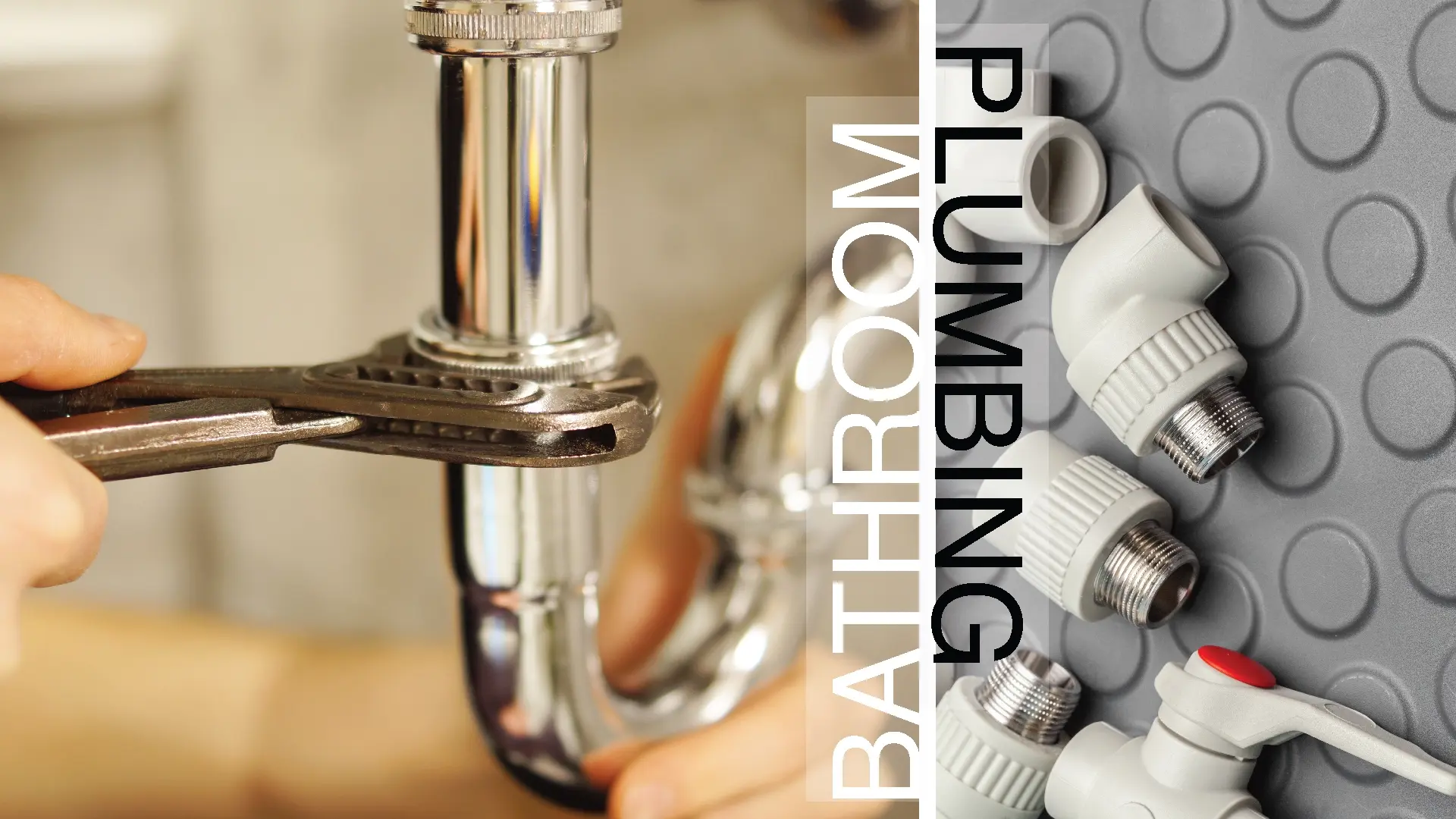
Shut Off the Water Supply
Before beginning any plumbing work, turn off the main water supply to the bathroom. Locate the shut-off valve, typically near the water meter, and close it to prevent water flow to the area you’ll be working on. Open faucets to drain any remaining water in the pipes.
Install Water Supply Lines
Start by installing the water supply lines. Measure and cut the pipes to the desired length, ensuring accurate connections to each fixture. Use appropriate fittings and connectors, such as compression or push-fit connections, to join the pipes securely. Tighten all connections carefully to prevent leaks.
Install Drainage System
Next, focus on installing the drainage system during plumbing house construction. Install the drainpipes, ensuring they have the correct slope for efficient water flow. Use appropriate fittings and connectors, such as P-traps and couplings, to connect the pipes. Ensure that each fixture has its trap to prevent sewer gases from entering the bathroom. Ensure that your drainage system is properly designed, with appropriate slope and pipe size to prevent clogs and promote efficient wastewater flow.
Ventilation
Proper ventilation is essential to prevent odors and mold growth. Install vent pipes that extend vertically through the roof or connect to an existing venting system in house construction. Connect the vent pipes to the drainage system, typically near the fixtures or at a higher point to allow air circulation.
Fixture Installation
Now it’s time to install the bathroom fixtures in plumbing house construction. Follow the manufacturer’s instructions for each specific fixture. Connect the water supply lines to faucets, toilets, showers, or bathtubs using the appropriate fittings. Install wax rings for toilet connections and apply plumbers’ putty or silicone sealant for sink and shower connections.
Test and Inspect
Before completing the project, thoroughly test the plumbing system for leaks and proper functionality. Turn on the main water supply and check for any leaks or drips at each connection point. Ensure proper water flow, drainage, and ventilation. Make any necessary adjustments or repairs as needed.
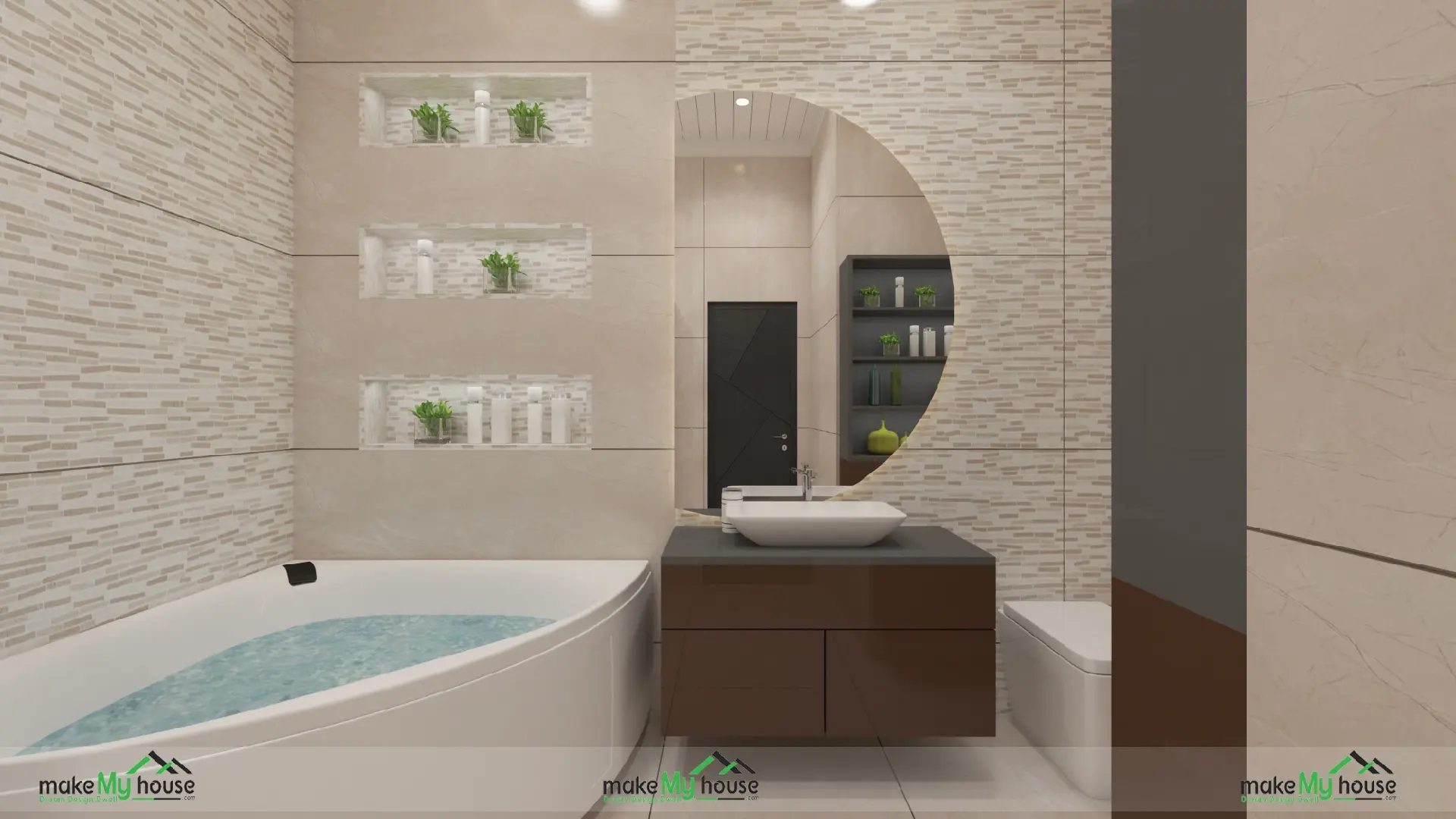
Consequences of Poor Bathroom Plumbing Practices in House Construction
Many homeowners and even some professionals overlook or neglect important aspects of bathroom plumbing, leading to a range of issues and inconveniences. Let us explore the consequences of poor plumbing practices in the bathroom, highlighting the importance of quality workmanship and adherence to plumbing standards.
Leaks and Water Damage
One of the most common consequences of poor plumbing practices is leaks, which can result in significant water damage to walls, floors, and surrounding structures. Improper installation of pipes, fittings, or seals can lead to gradual leaks or sudden bursts, causing costly repairs and potential health hazards due to mold and mildew growth.
Low Water Pressure
Inadequate water pressure in the bathroom can be frustrating and affect the functionality of fixtures such as showers and faucets. Poor plumbing practices in house construction, including using incorrect pipe sizes, improper routing of water supply lines, or inadequate venting, can lead to reduced water pressure and an unsatisfactory bathing experience.
Drainage Issues
Improper slope and sizing of drainpipes, inadequate venting, or the use of incorrect fittings can result in drainage problems. Slow-draining sinks, showers, or tubs can be a nuisance, leading to standing water, foul odors, and potential backups. Clogs and blockages may occur more frequently, requiring costly and inconvenient plumbing interventions.
Wasteful Water Consumption
Poor plumbing practices can contribute to wasteful water consumption in the bathroom. Incorrectly installed or malfunctioning fixtures, such as toilets, showers, or faucets, may result in continuous running water, leaks, or excessive flow. This not only leads to higher water bills but also contributes to the overall strain on water resources and the environment.
Inefficient Water Heating
Issues with water heating can stem from poor plumbing practices, such as improper pipe insulation or incorrect placement of water heaters. Inefficient hot water delivery or inconsistent temperature control can make showers uncomfortable and increase energy consumption. This can also impact the lifespan and efficiency of water heating equipment.
Lack of Proper Ventilation
Insufficient or improper ventilation in the bathroom can lead to moisture buildup, which promotes the growth of mold, mildew, and bacteria. Inadequate venting or blocked air circulation can result in excessive humidity, unpleasant odors, and potential health risks. Proper ventilation is crucial for maintaining a healthy and comfortable bathroom environment.
Safety Hazards
Poor plumbing practices can create safety hazards in the bathroom. For instance, incorrectly installed gas or electric water heaters pose the risk of leaks, fires, or electrical shocks. Improperly secured or unstable fixtures may lead to accidents and injuries. Compliance with safety codes and standards is essential to mitigate these risks.
Investing in quality plumbing work, following best practices, and consulting professional plumbers when needed can help ensure a well-designed, efficient, and problem-free bathroom plumbing system that enhances your comfort and peace of mind.
Frequently Asked Questions About Bathroom Plumbing Practices
Q: Why are proper bathroom plumbing practices important?
Proper bathroom plumbing is crucial for several reasons. It ensures the efficient supply of water to fixtures, effective drainage of wastewater, prevention of leaks and water damage, and maintenance of a healthy and comfortable bathroom environment. Additionally, good plumbing practices contribute to water conservation, energy efficiency, and overall safety in the bathroom.
Q: Can I do bathroom plumbing as a DIY project?
While some plumbing tasks can be tackled as DIY projects, it’s important to have a basic understanding of plumbing principles and techniques. Simple tasks like replacing faucets or showerheads may be manageable for a DIY enthusiast. However, more complex plumbing work, such as installing or relocating pipes, may require professional expertise to ensure compliance with building codes and prevent costly mistakes.
Q: What are common mistakes to avoid in bathroom plumbing?
Some common mistakes to avoid in bathroom plumbing in-house construction include using incorrect pipe sizes, improper installation of fittings and seals, inadequate venting, incorrect slope in drainpipes, and failing to follow the manufacturer’s instructions for fixture installations. It’s also important to avoid shortcuts and prioritize quality workmanship to prevent future issues.
Q: How can I prevent water leaks in the bathroom?
To prevent water leaks, use high-quality plumbing materials, such as reliable pipes and fittings. Ensure proper installation techniques, such as securely tightening connections and using appropriate seals or tape. Regularly inspect fixtures, pipes, and seals for signs of leaks or damage. Promptly address any leaks or drips to prevent water damage and wastage.
Q: What are some water-saving practices for the bathroom?
Water-saving practices in the bathroom include installing low-flow fixtures, such as toilets, faucets, and showerheads. These fixtures are designed to reduce water consumption without compromising performance. Additionally, be mindful of water usage habits, such as turning off the tap while brushing teeth or shaving and taking shorter showers. Fixing any leaks promptly also helps conserve water.






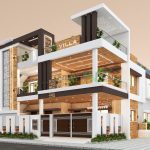
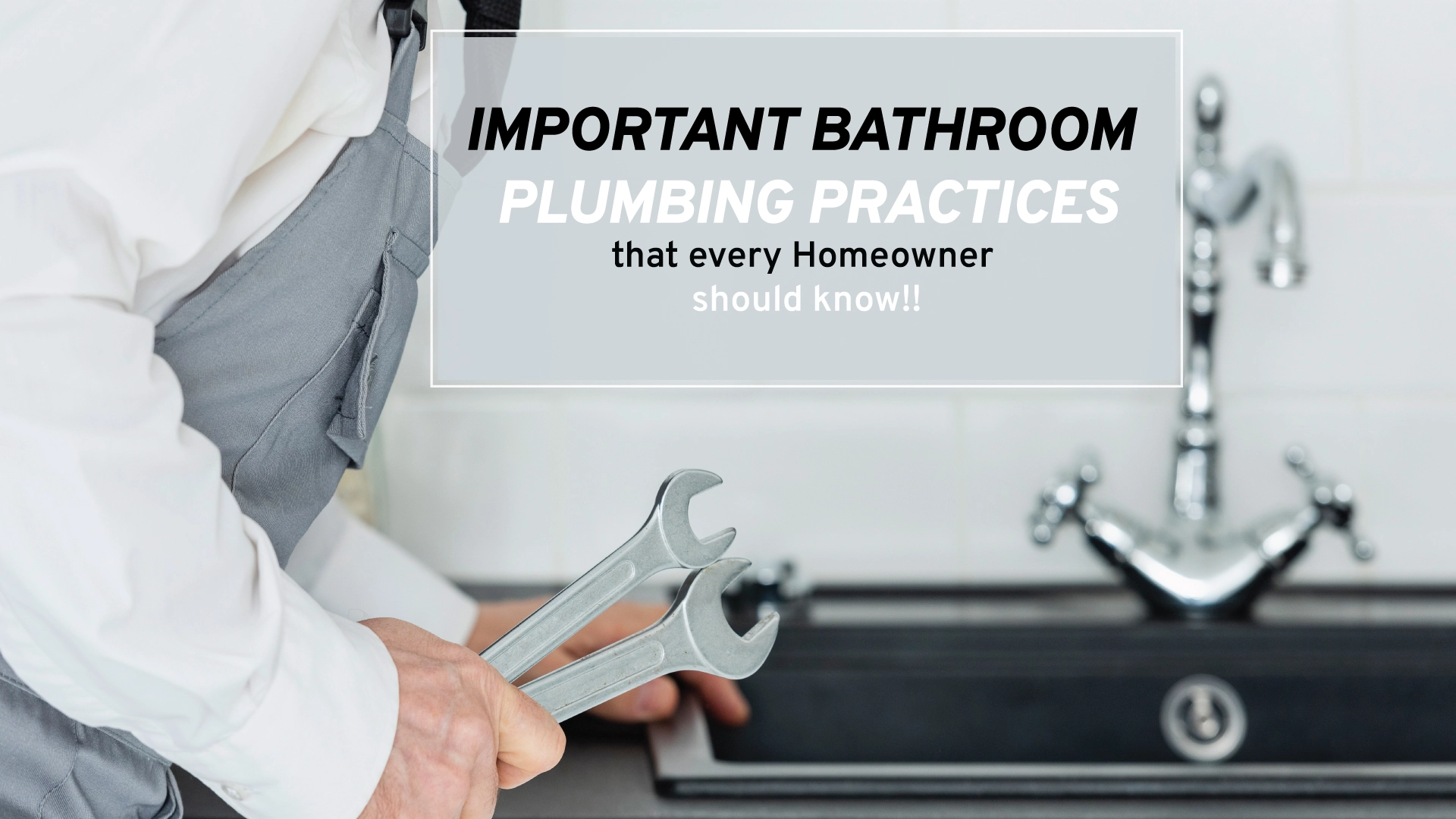
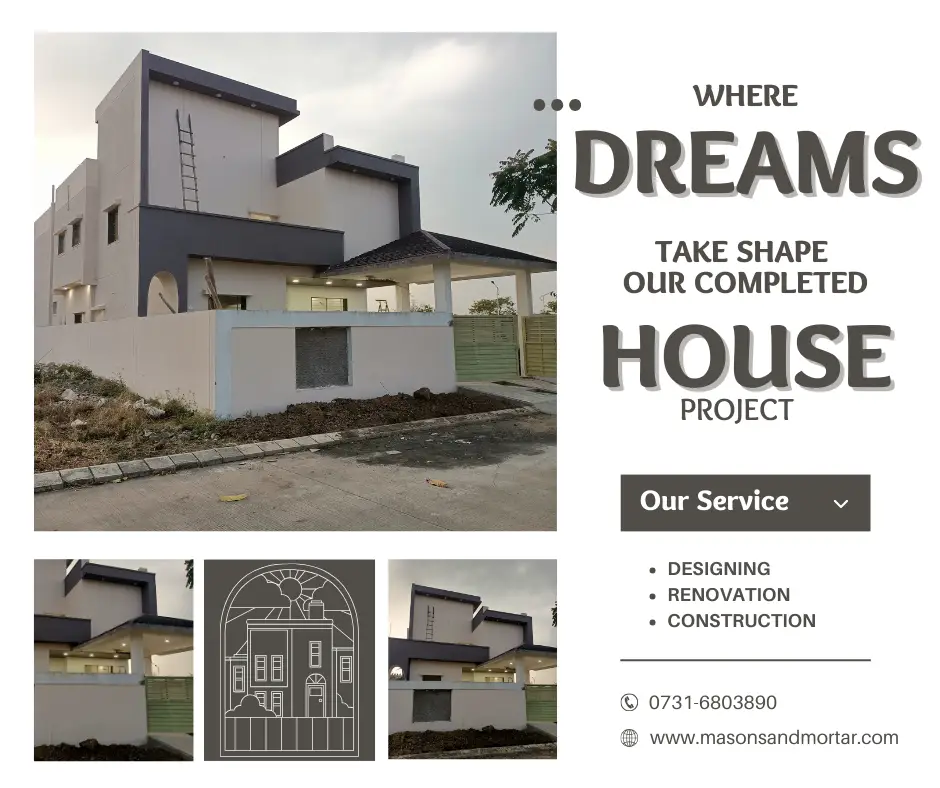

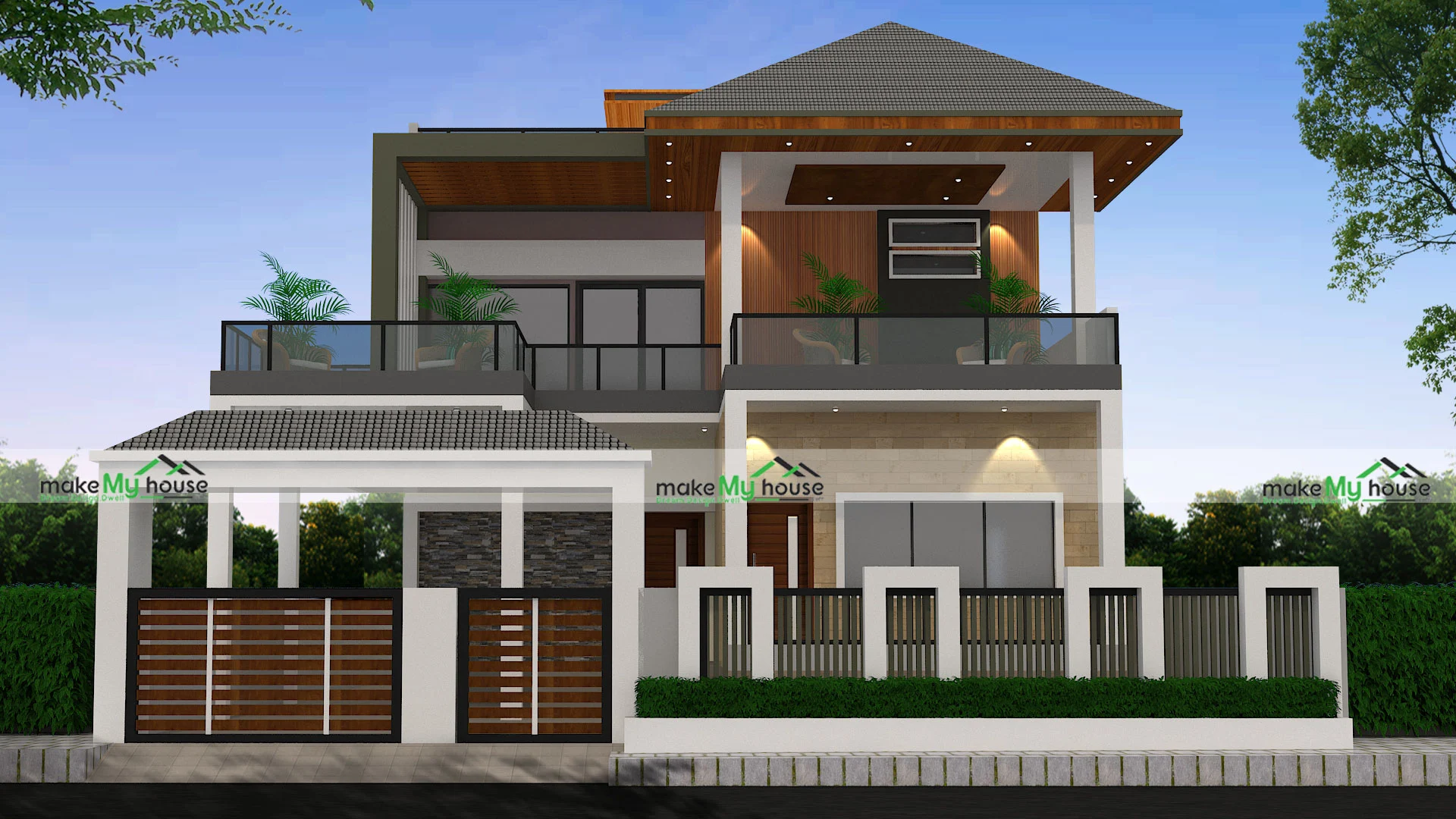
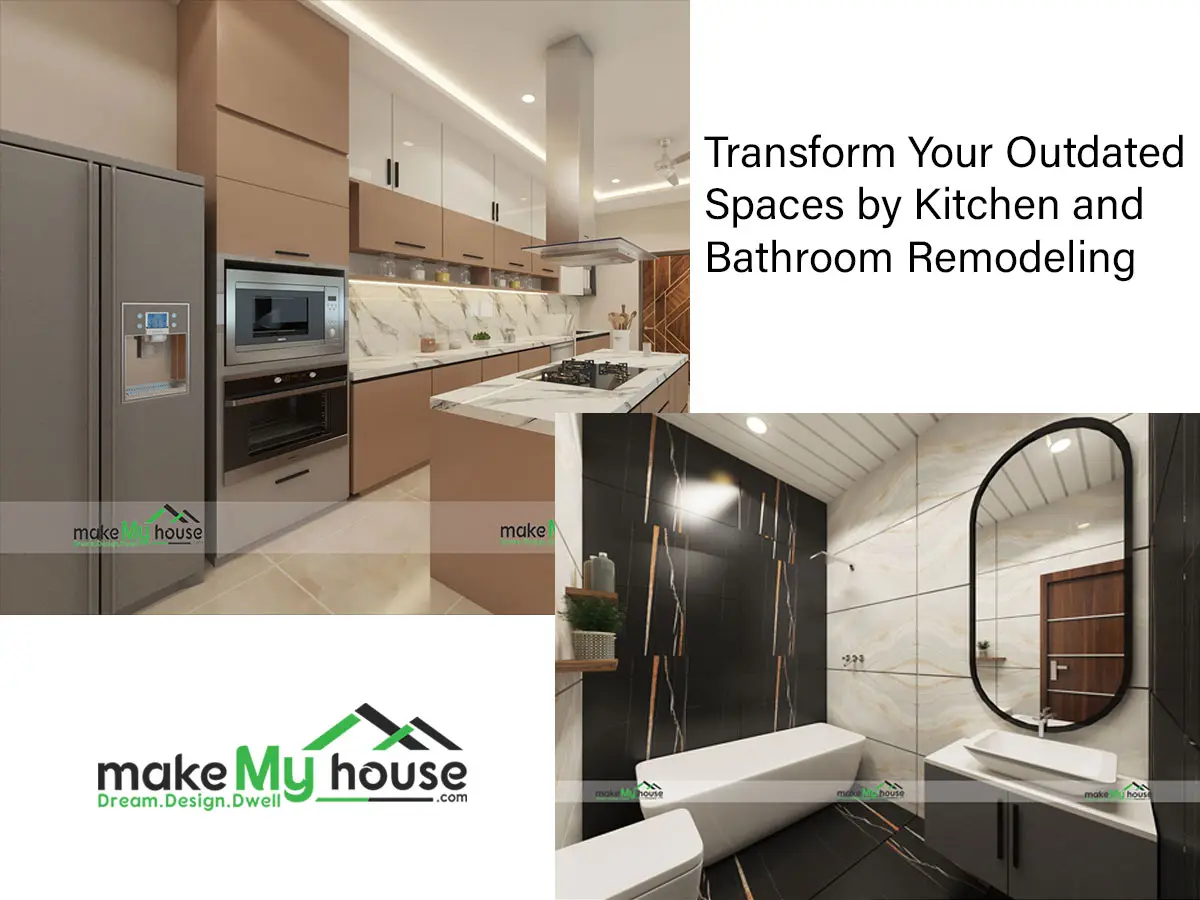
One thought on “Mastering the Bathroom Plumbing Practices”